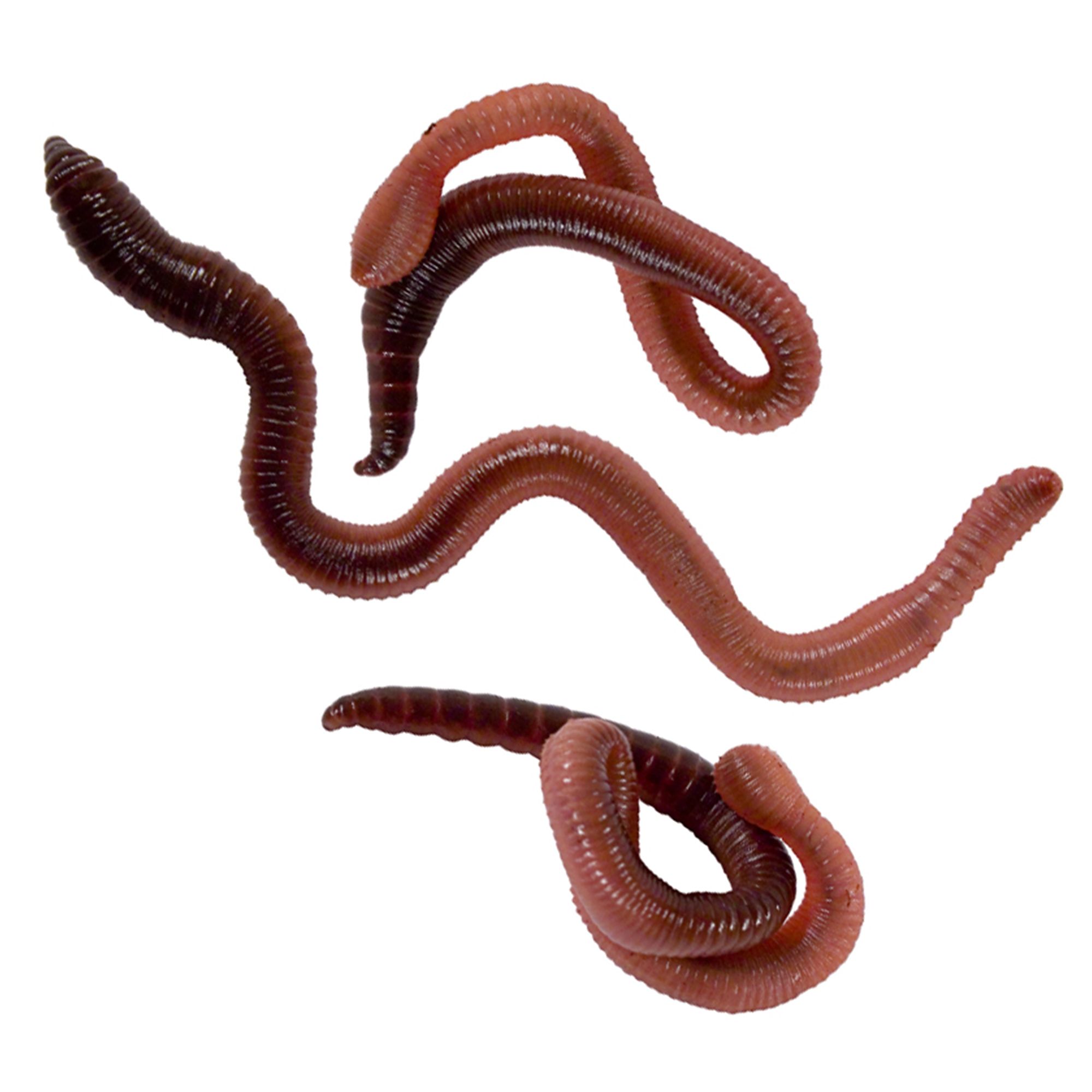Order Red Wiggler Composting Worms Online with Free Shipping Options
Wiki Article
The Ultimate Overview to Caring for Red Wigglers in Your Garden
Caring for red wigglers in your garden is a vital component of lasting composting practices that can dramatically improve dirt wellness and fertility. Recognizing their specific environment needs, nutritional preferences, and upkeep requirements is vital for fostering an efficient vermicomposting environment.Understanding Red Wigglers

Red wigglers are characterized by their reddish-brown coloration and segmented bodies, which can grow up to 4 inches in size.Comprehending the biological and environmental demands of red wigglers is critical for effective composting. By cultivating the perfect conditions for red wigglers, gardeners can enhance soil fertility and promote sustainable horticulture techniques.
Establishing Up the Environment
Producing an ideal habitat for red wigglers is important for maximizing their composting efficiency and overall health and wellness. An appropriate environment includes factors such as dampness, bed linen, and temperature products. Red wigglers flourish in a wet, dark environment with a temperature variety of 55 to 77 levels Fahrenheit. It is very important to keep track of these conditions closely, as severe temperature levels can impact their task and reproduction.When choosing a container, select one that is well-ventilated to enable air circulation while stopping excess moisture loss. Plastic bins, wood boxes, or specialized worm bins are all reliable alternatives. All-time low of the container should have drain holes to stop water build-up, which could bring about anaerobic conditions harmful to the worms.
For bed linens, use shredded cardboard, newspaper, or coconut coir, ensuring it is damp yet not soggy. This bed linen serves not just as an environment but additionally as a resource of carbon. On a regular basis examine the moisture level of the bed linens, and add water as required to keep the suitable wetness. By establishing these conditions, you will create a growing environment for your red wigglers, motivating reliable composting and much healthier worm populations.
Picking the Right Food
Picking the suitable food for red wigglers is essential for their health and composting performance. These worms thrive on a balanced diet regimen that includes a variety of natural materials.Red wigglers favor food that is cut or shredded, as this boosts surface and advertises a lot more efficient food digestion. In addition, introducing food in tiny amounts prevents overfeeding, which can cause anaerobic conditions harmful to worm health. Checking the worms' eating behaviors can likewise provide insights; if the food is taken in quickly, think about gradually boosting the quantity.

Maintaining Moisture and Temperature Level
A well balanced diet is just component of the equation when it comes to ensuring the wellness of red wigglers; preserving proper dampness and temperature is just as essential. Red wigglers flourish in a moist setting, ideally in between 70-85 ° F(21-29 ° C) This variety sustains their metabolic processes and boosts their capability to break down natural matter successfully.Alternatively, excessive wetness can produce anaerobic problems, which may hurt the worms and generate undesirable odors. Consistently inspecting the dampness web content and adjusting as needed is vital for a flourishing worm population.
In terms of temperature level, severe fluctuations can be damaging. If temperatures go beyond 95 ° F(35 ° C) or drop below 50 ° F(10 ° C), the worms may end up being non-active or pass away. To mitigate temperature extremes, think about utilizing insulation for outside containers or moving the container to a shaded or temperature-controlled area. By thoroughly handling both wetness and temperature level, you develop an optimal environment for red wigglers, enhancing their productivity and overall health and wellness.
Harvesting Compost and Care Tips
Collecting garden compost from your red wigglers is a rewarding procedure that not just benefits your garden yet additionally improves the effectiveness of your worm bin - Where to buy red wigglers. To begin, pick a harvesting technique that fits your setup-- whether it's the tray, pyramid, or traditional container technique. Each method permits the splitting up of compost from worms efficientlyTo harvest, you can delicately dig deep into the garden compost from one side of the container, enabling worms to move to the undisturbed side. You can make use of light to motivate worms to tunnel much deeper, making it simpler to collect the ended up compost.
Care ideas after gathering consist of replenishing your worm container with fresh bedding and food scraps to preserve a healthy and balanced worm populace. Guarantee that the dampness and temperature levels continue to be optimal, and consistently check for any type of indicators of distress among the worms. By complying with these techniques, you'll ensure a sustainable cycle of garden compost production that enriches your garden.
Verdict
Finally, the successful treatment of red wigglers necessitates a detailed understanding of their environment, nutritional requirements, and environmental conditions. Establishing an ideal environment with proper ventilation and wetness levels is crucial for promoting their wellness and productivity. Supplying a well balanced diet regimen while avoiding unsuitable foods will certainly help avoid insect problems. Routine tracking and proper upkeep will guarantee a flourishing vermicomposting environment, eventually producing nutrient-rich compost that benefits garden health and wellness and efficiency.By developing these conditions, you will certainly develop a growing setting for your red wigglers, motivating efficient composting and much healthier worm populaces.
The pH degree of the food is an additional crucial element; red wigglers thrive in a somewhat acidic to neutral environment.A well balanced diet plan is just part of the equation when it comes to making certain the health of red wigglers; maintaining correct wetness and temperature is just as crucial. By thoroughly handling both moisture and temperature level, you produce an optimal atmosphere for red wigglers, enhancing their performance and overall health.
Collecting compost from your red wigglers is a fulfilling Red wigglers near me process that not only benefits your garden but additionally enhances the performance of your worm bin.
Report this wiki page